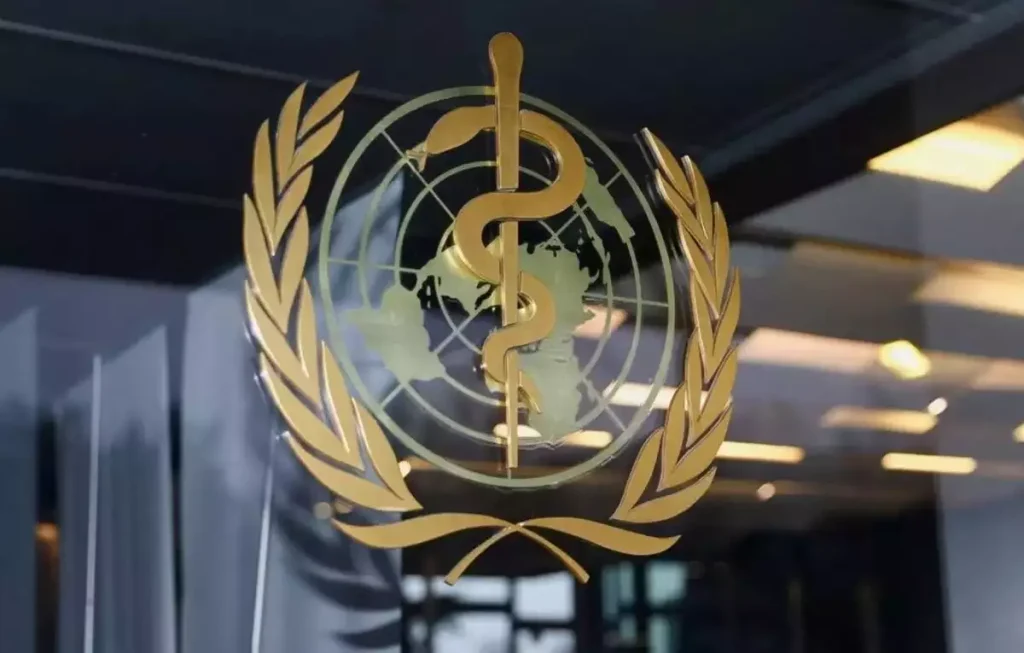Context:
Recently, the World Health Organization declared that India has eliminated Trachoma as a public health problem.
More on the news

- India received the citation at the ongoing 77th Regional Conference of WHO South East Asia Region held in New Delhi.
- India becomes the third country after Nepal and Myanmar in the South-East Asia Region to achieve this milestone.
- India also joins 19 other countries globally that have previously achieved this feat.
- Elimination of trachoma is part of the 2021–2030 neglected tropical disease roadmap by the WHO which targets the prevention, control elimination, and eradication of 20 diseases and disease groups by 2030.
- India was declared free from infective Trachoma in 2017. However, surveillance continued for trachoma cases in all the districts of India from 2019 onwards till 2024.
About Trachoma

- Trachoma, also known as “pink eye”, is a bacterial infection caused by the bacterium Chlamydia Trachomatis.
- WHO has termed Trachoma as a neglected tropical disease (NTD). It is contagious, spreading through contact with the eyes, eyelids, nose or throat secretions of infected people. If untreated, repeated infections can cause blindness.
- It is particularly prevalent in impoverished areas with poor sanitation and limited access to clean water.
- WHO estimates suggest that 150 million people worldwide are affected by Trachoma and 6 million of them are blind or at risk of visually disabling complications.
- Trachoma is preventable and treatable in its early stages through antibiotics like azithromycin.
- WHO recommends the SAFE strategy to achieve elimination of trachoma as a public health problem.
India’s Initiatives to Eliminate Trachoma
- National Trachoma Control Program: It was launched in 1963 and later on Trachoma control efforts were integrated into India’s National Program for Control of Blindness (NPCB).
- National Programme for Control of Blindness & Visual Impairment (NPCBVI): It was launched in the year 1976 as a Centrally Sponsored scheme to reduce the prevalence of blindness from 1.4% to 0.3% by 2020.
- The National Trachomatous Trichiasis (TT only) Survey was also carried out in 200 endemic districts of the country under NPCBVI from 2021-24, which was a mandate set by WHO in order to declare that India has eliminated Trachoma as a public health problem.

